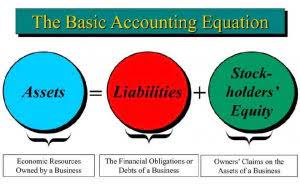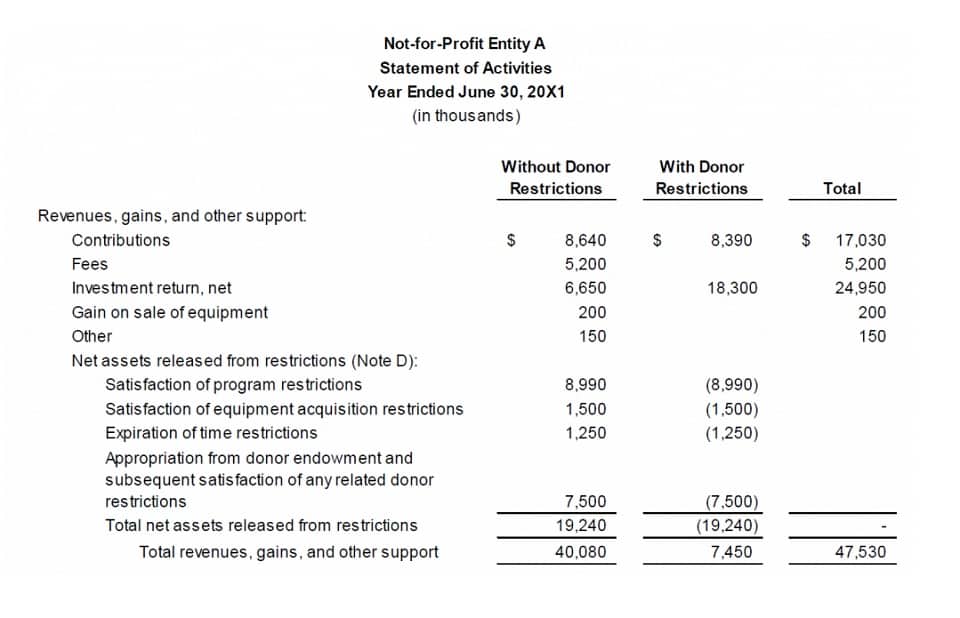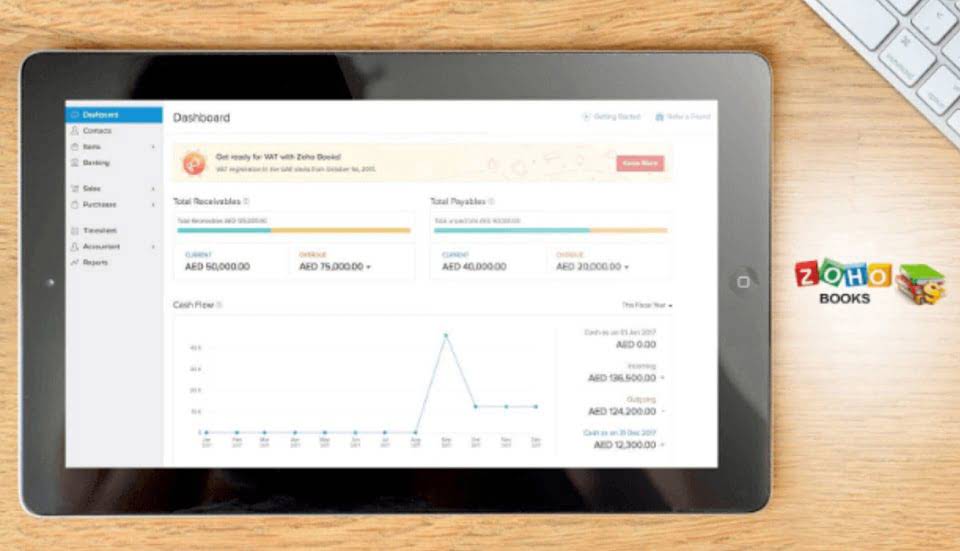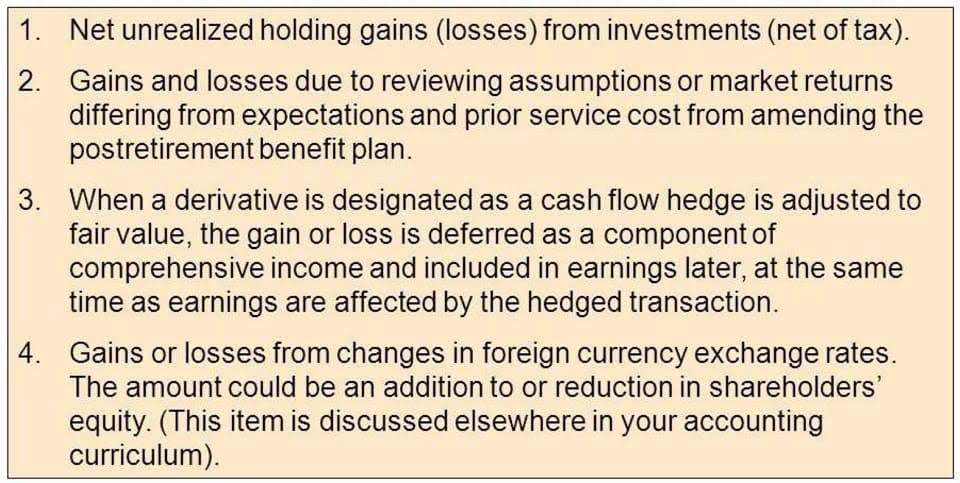
The review may include an analysis of inventory count results, inventory discrepancies, and the frequency of inventory counts. Based on the review results, the business may determine that some of the inventory is missing, damaged, or stolen. Let’s assume obsolescence reserve that a business is engaged in clothing production and has an inventory of t-shirts that have been in stock for over six months. The business is concerned that these t-shirts may have lost their value and no longer be sellable. Inventory reserves, also known as inventory allowances or write-downs, are used to account for the decrease in inventory value due to various factors.
- They can then use this information to make inquiries regarding why management wants to have a smaller reserve.
- In the case of crude oil, the market price is very easy to determine, as it’s a commodity that is traded internationally and the price has a very low bid-ask spread.
- In this case, you will be discarding the product, so you will need remove the inventory from the company’s books.
- The percentage is then multiplied by the total inventory cost to arrive at the amount of the inventory obsolescence reserve.
- Inventory reserve is an estimation of future inventory spoilage based on the company’s past experiences.
- This content is for general information purposes only, and should not be used as a substitute for consultation with professional advisors.
Please Sign in to set this content as a favorite.

Currently, with technology, the state of abundance, and customers’ high expectations, the product life cycle has become shorter and inventory becomes obsolete much faster. Obsolete inventory is also referred to as dead inventory or excess inventory. A certificate, ribbon, and two gold shields will be issued.A ribbon with two gold shields will be worn. A certificate and gold shield and ribbon will be issued.A ribbon with a gold shield will be worn.

Ratings and Reviews
- But – and it’s a large but – only if management is willing to part with the inventory.
- Companies can protect themselves from financial losses by setting aside money to cover the cost of any inventory that is not sold.
- While some obsolete inventory items can be sold at a deep discount, some items are simply disposed of.
- Prepare an annual schedule that compares the size of the reserve as a percentage of the total inventory valuation, and run it back for a bunch of years.
- Obsolete inventory is inventory that a company still has on hand after it should have been sold.
- Lead times for the entire supply chain are typically upwards of 3 months and hence companies try to keep some stock against forecast.
To do so, compile the cost of the obsolete inventory that you’ve disposed of in the past year, and divide it by the average cost of the total inventory for the same period. And that’s your obsolete inventory percentage, which is the basis for creating a reserve. This approach works pretty well, but only if you’re tracking charge-offs due to obsolete inventory. Now, just turn around those conditions to figure out if you don’t need a reserve. The inventory turnover level is high, so the inventory is being flushed out rapidly, and doesn’t have time to become obsolete.

Why Standard Costing Often Fails in Modern Business Environments
However, when the write-down is large, it is better to charge the expense to an alternate account. Once the excess inventory reserve has been calculated, it is recorded as a contra-asset account on the balance sheet. The reserve is then used to offset any losses that may be incurred due to the disposal or write-off of excess inventory. The business will then continue to monitor its inventory levels and adjust the reserve as necessary.

Understanding Inventory Reserve
Let’s assume that a business is engaged in electronics production and has an inventory of electronic components that have been in stock for over a year. The business is now concerned that there may be some inventory shrinkage due to theft or damage. It can be symptomatic of poor products, poor management forecasts of demand, and/or poor inventory management. Looking at the amount of obsolete inventory a company creates will give investors an idea of how what are retained earnings well the product is selling and how effective the company’s inventory process is.
